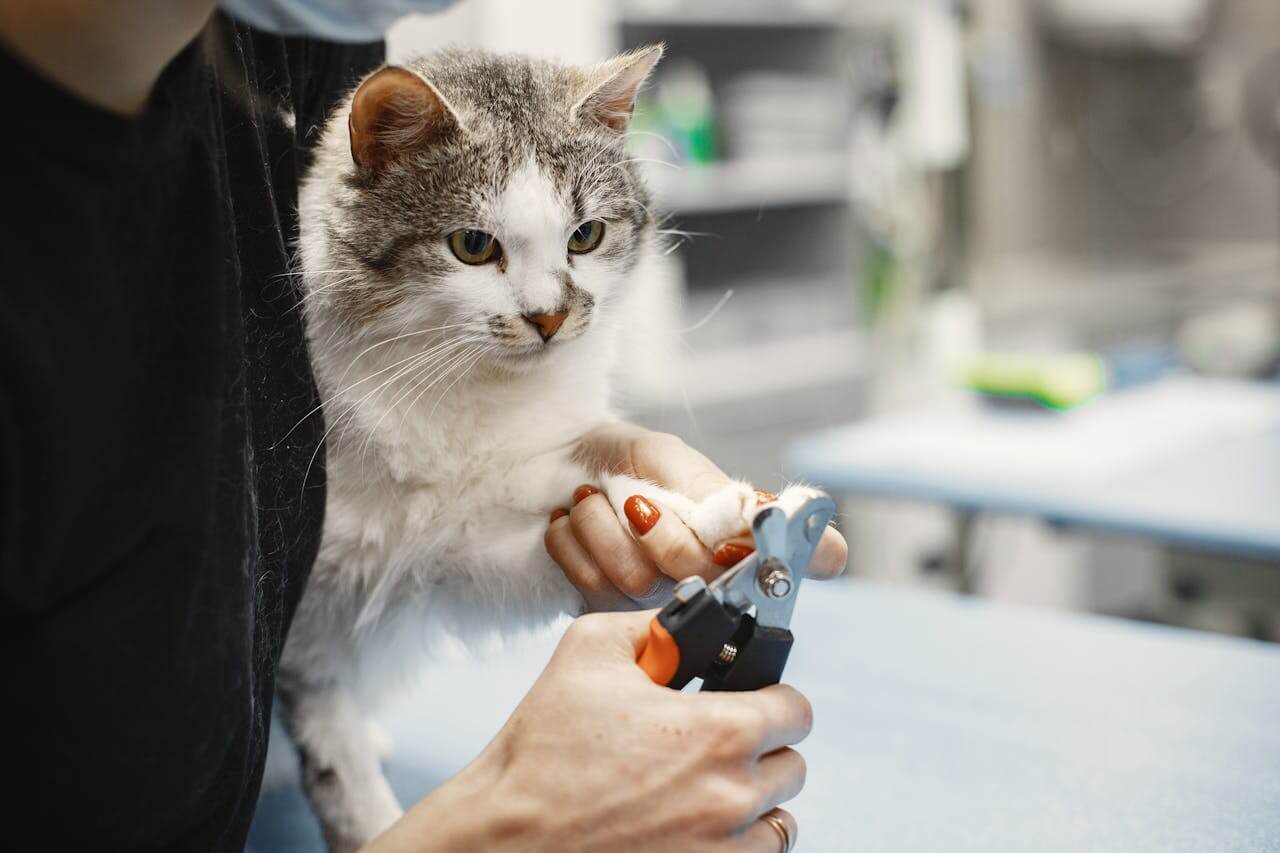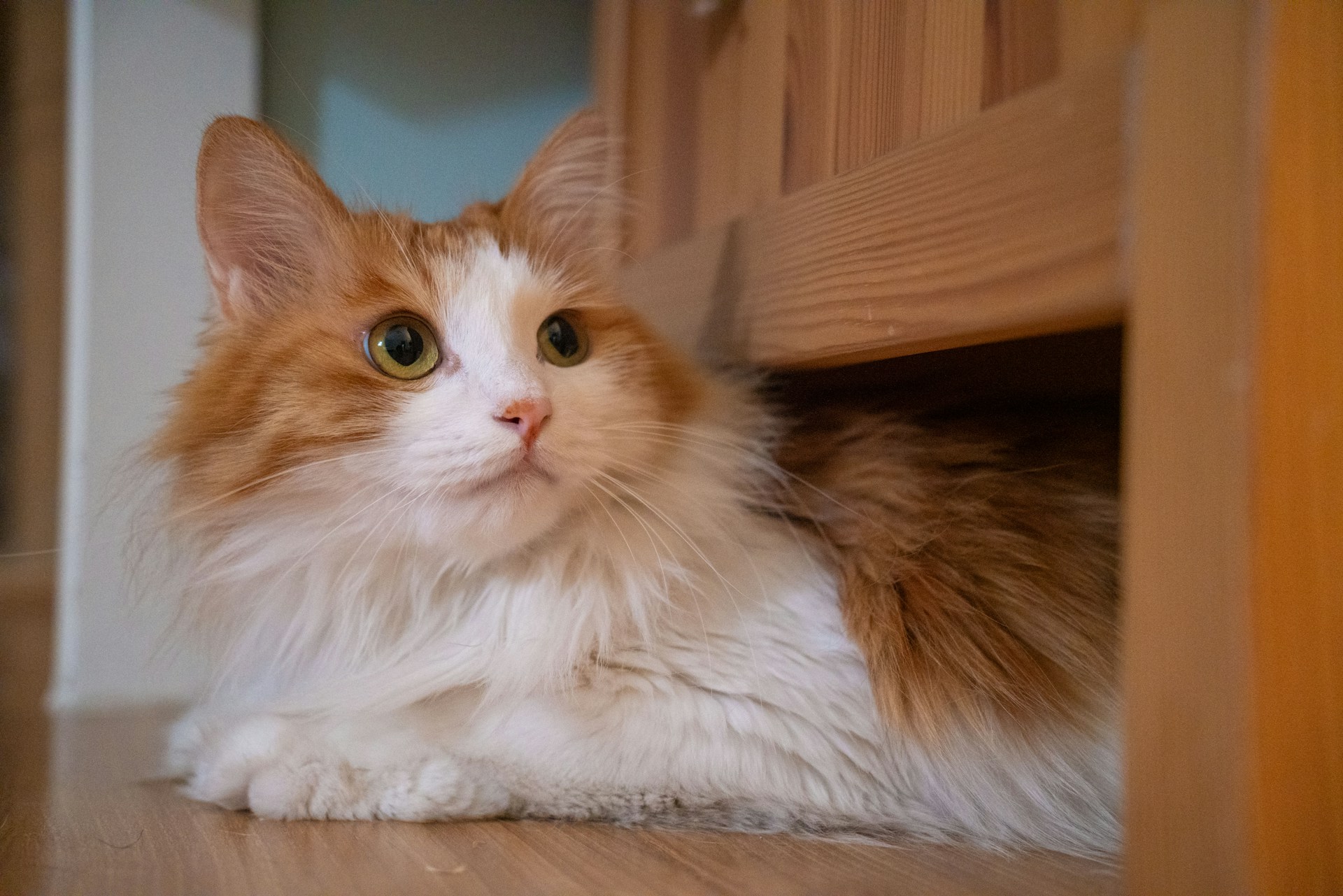When it comes to keeping your feline friend looking and feeling their best, grooming is essential. While cats are known for being meticulous self-groomers, they can still benefit from a little help from their human companions. Here’s a step-by-step guide to grooming your cat like a pro, ensuring they stay happy, healthy, and looking fabulous.
- Understand Your Cat’s Grooming Needs
Different cats have different grooming requirements based on their breed, coat type, and lifestyle. Long-haired breeds like Persians need more frequent brushing to prevent tangles, while short-haired cats may only need occasional maintenance. Knowing your cat’s specific needs is the first step to effective grooming.
- Brush Regularly
Brushing helps remove loose fur, prevent mats, and reduce shedding. It also stimulates natural oils in your cat’s skin, keeping their coat shiny and healthy. Use a brush suited to your cat’s coat type—a slicker brush for long-haired cats and a rubber grooming brush for short-haired ones. Aim for:
- Daily brushing for long-haired cats
- Once or twice a week for short-haired cats
Tip: Always brush in the direction of hair growth to avoid discomfort.
- Bathing Your Cat
While most cats don’t need frequent baths, occasional washing can help with excessive dirt, grease, or fleas. Here’s how to do it right:
- Use lukewarm water and a cat-safe shampoo.
- Gently wet your cat’s fur, avoiding the face.
- Lather and rinse thoroughly.
- Dry your cat with a soft towel or a low-heat hairdryer if they tolerate it.
Tip: Introduce baths gradually to help your cat get used to the process.
- Nail Trimming
Trimming your cat’s nails prevents overgrowth and reduces the risk of scratches—both for you and your furniture. Use cat nail clippers and follow these steps:
- Gently press on your cat’s paw to extend the claws.
- Trim the sharp tip, avoiding the pink “quick” to prevent pain and bleeding.
- Reward your cat with treats to make the experience positive.
- Ear and Eye Care
Regular ear and eye checks can help catch potential health issues early:
- Ears: Wipe away dirt and wax with a soft cloth or a vet-approved cleaner. Avoid inserting anything into the ear canal.
- Eyes: Use a damp cotton ball to clean away any discharge gently.
- Dental Hygiene
Oral health is often overlooked but crucial for your cat’s overall well-being. Use cat-friendly toothpaste and a soft toothbrush to clean their teeth. If brushing isn’t an option, dental treats and water additives can help reduce plaque.
- Dealing with Shedding
Even short-haired cats shed. Regular grooming sessions and the use of a deshedding tool can help keep fur off your furniture and clothing. Don’t forget to vacuum your cat’s favorite lounging spots to minimize allergens.
- Create a Positive Experience
Grooming should be a bonding experience, not a stressful one. Keep sessions short and sweet, use gentle movements, and always reward your cat with treats or playtime afterward. If your cat shows signs of distress, take a break and try again later.
When to Seek Professional Help
Some grooming tasks, like removing severe mats or giving a lion cut, are best left to professionals. If you’re unsure about any aspect of grooming, consult a vet or professional cat groomer for advice.
By following these tips, you can groom your cat like a pro and strengthen the bond with your furry friend. Remember, a well-groomed cat is a happy cat—and a happy cat makes for a happy home!





